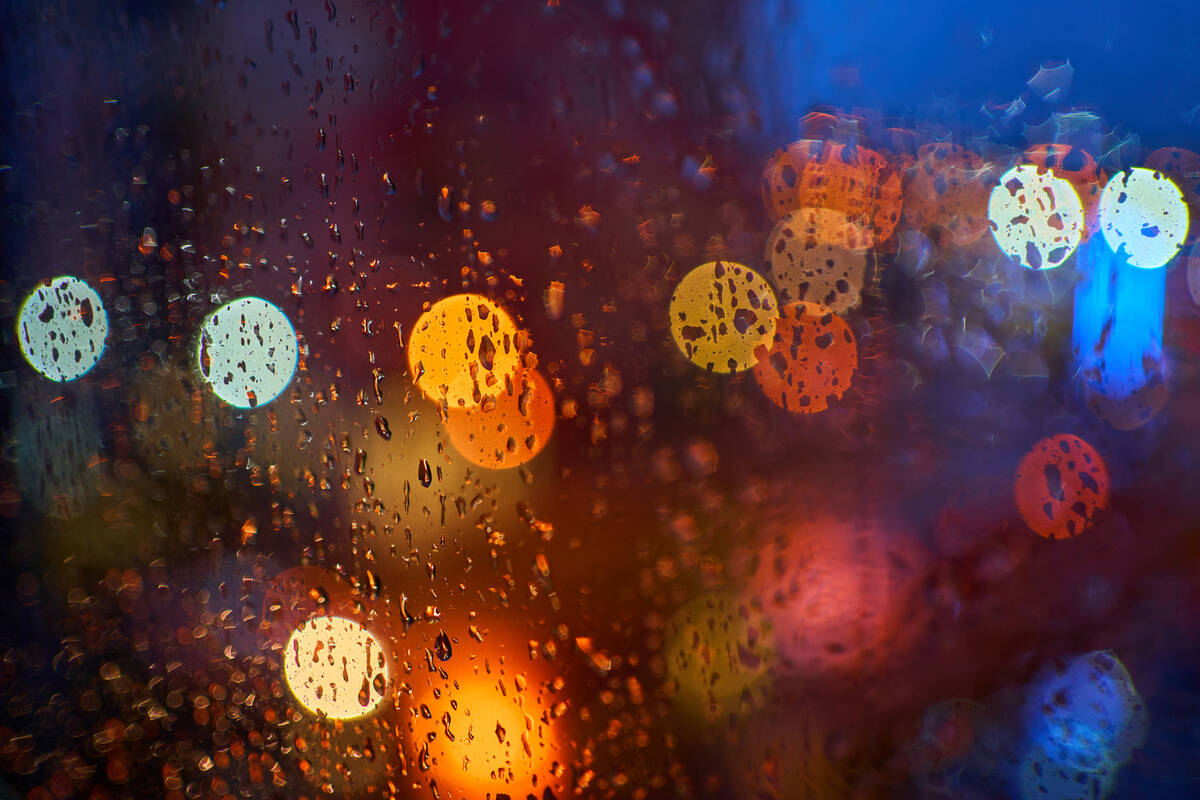2 common features of big cities linked to higher stroke risk
Spending time outside at night can be a worthy part of a routine, offering a chance to move or at least breathe fresh air. However, air pollution could be making the air less fresh. According to new research, air pollution and artificial light exposure — two standard features of big-city living — may increase your stroke risk.
The research was published this past spring in Stroke, an American Heart Association journal. The results suggest that continuous exposure to bright, artificial light may raise a person’s odds of developing a condition affecting blood flow to the brain by 43 percent. These conditions include clogged arteries, which can block blood supply, cause bleeding into the brain and result in a stroke.
The study also reported that artificial light exposure can disrupt sleep and increase stroke risk.
“Environmental factors, such as outdoor light at night or artificial light, play a significant role in our daily lives and wellness,” says Dr. Mustali Dohadwala, a cardiologist and medical director of Heartsafe. “As our societies rapidly continue to modernize, environmental factors — particularly those that are artificially driven — are becoming more prevalent and significant.”
Indeed, the researchers noted that 80 percent of the world lives in a light-polluted spot. If you’re one of them, this news probably isn’t welcome, but perhaps it can spur change.
“I feel that to be forewarned is to be forearmed,” says Dr. Trent Orfanos, the director of integrative and functional cardiology at Case Integrative Health. “When you know that something is a risk, you can do things to lessen that risk.”
Cardiologists shared their thoughts on the research and how you can protect yourself.
Environmental risk factors
The study involved more than 28,3000 adults living in China. Researchers used satellite images showing light pollution to analyze data on the participants’ exposure to outdoor, artificial lights at night. They followed up on participants for six years between 2015 and 2021.
What did they find? Almost 1,300 instances of brain blood vessel disease. Of these cases, 777 strokes were triggered by blocked arteries (ischemic strokes), and 133 (hemorrhagic/bleeding strokes) were attributed to bleeding into the brain. All told, people with the highest exposure to outdoor light in the evening had a 43 percent higher chance of cerebrovascular disease than those with the lowest exposure levels.
Also, researchers noted that chronic nightly bright light exposure can suppress the body’s natural production of the sleep-promoting hormone melatonin. The authors hypothesized that light exposure could impair sleep and, therefore, factor into increased stroke risk.
“Lack of sleep can lead to high blood pressure, elevated blood sugar, weight gain and abnormal heart rhythms,” says Dr. Nieca Goldberg, an author, the medical director of Atria New York City and a professor at NYU Grossman School of Medicine.
Bright lights weren’t the only factor potentially increasing stroke risks. People exposed to the most air pollution from burning fuel, dust or smoke had up to 50 percent higher odds of stroke. Those exposed to the highest amounts of nitrogen oxide emissions via traffic and industrial power plants were at a 31 percent greater risk of stroke.
“Air pollution affects the heart by damaging blood vessels, so they are unable to deliver adequate blood supply, increasing the risk of blood clots, increasing blood pressure and disrupting the electrical activity of the heart,” says Dr. Bradley Serwer, a cardiologist and chief medical officer at VitalSolution.
All of this information may seem terrifying, but experts say the study has a flaw. “It is important to note that this very well-thought-out observational, longitudinal study generated results that were eye-opening,” Orfanos says. “However, the study could not prove causality between artificial light at night and cerebrovascular events or air pollutants and cerebrovascular events, as it … was not a randomized, interventional study by design.”
Also, the participants were only from one city in China. “We would need to see if similar data is found in cities around the world,” Goldberg explains.
Lowering stroke risk
Try to limit your light exposure to daytime: In a perfect world: “It would be a good idea to have exposure to sunlight during the day, which will properly set your biological clock and melatonin production and help you sleep better at night,” Orfanos says. “Take a walk in the morning or at lunch, which will help you do just that. Then in the evening, especially after the sun goes down, turn down the lights inside, which will help your body adjust for healthy sleep.”
Protect yourself outside: Various factors may get in the way of your ability to be inside when the artificial lights come on, like working a third shift or simply needing to walk from a subway to your apartment during winter months when the sun sets before work ends. You can still take steps to reduce your risk of stroke.
“Wear tinted glasses and wide-brimmed hats while outside at night,” Dohadwala says. He also suggests wearing face coverings, preferably a medical-grade mask, to reduce air pollution exposure at any time of day.
Don’t forget indoor precautions: What you do when you’re inside counts too. “Avoid watching television or looking at your phone or computer immediately before going to bed,” Serwer says. He also suggests using black-out shades to block the artificial light from pouring in.
Remember the basics: Exposure to artificial light and air pollution aren’t the only stroke risk factors. “High blood pressure, atrial fibrillation, older age, high cholesterol, carotid and other artery disease, smoking, physical inactivity, obesity and diabetes can also contribute to stroke,” Goldberg says.
So, regardless of where you live, the basics for stroke risk reduction still apply. “Exercising, following a Mediterranean-style diet, and getting seven to eight hours of sleep are helpful to lower the stroke,” Goldberg says.














